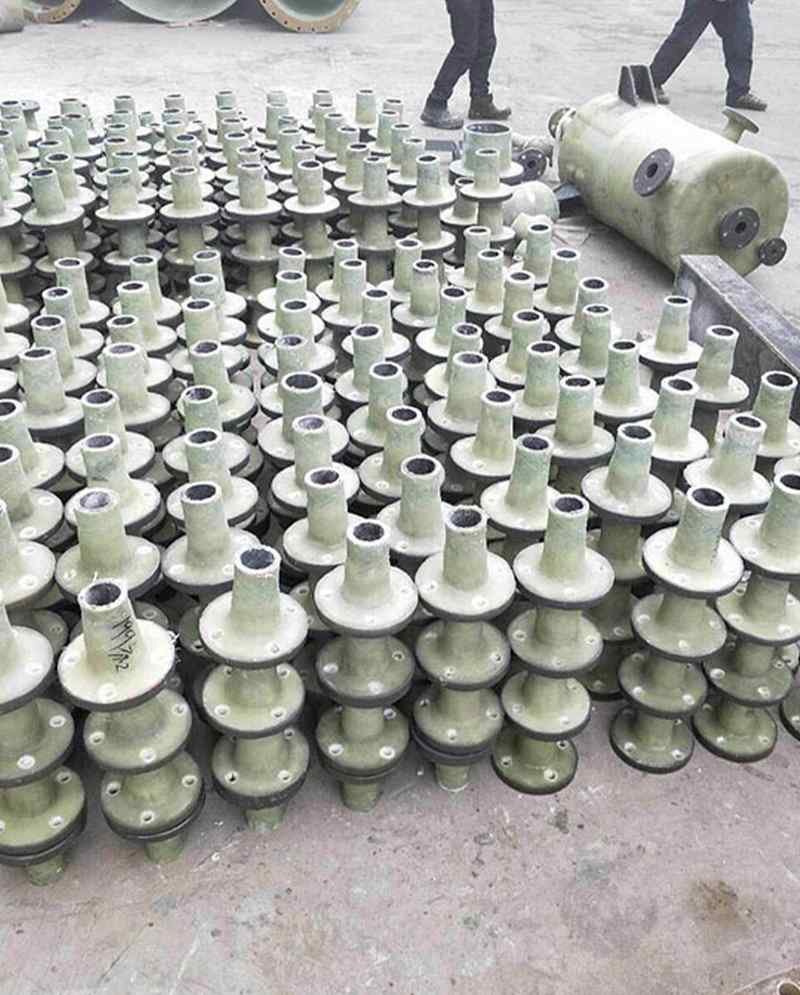
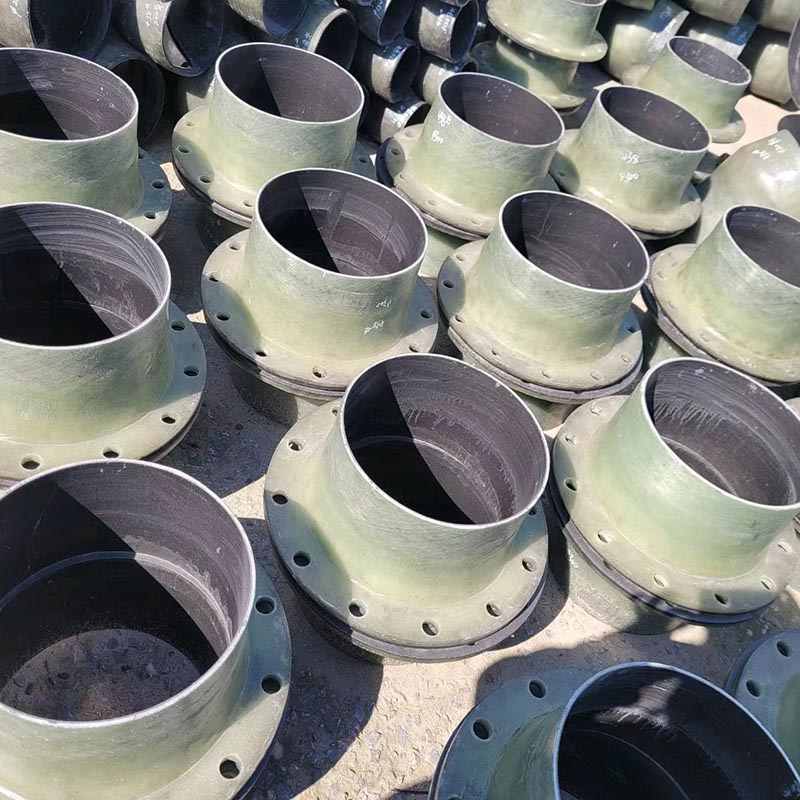

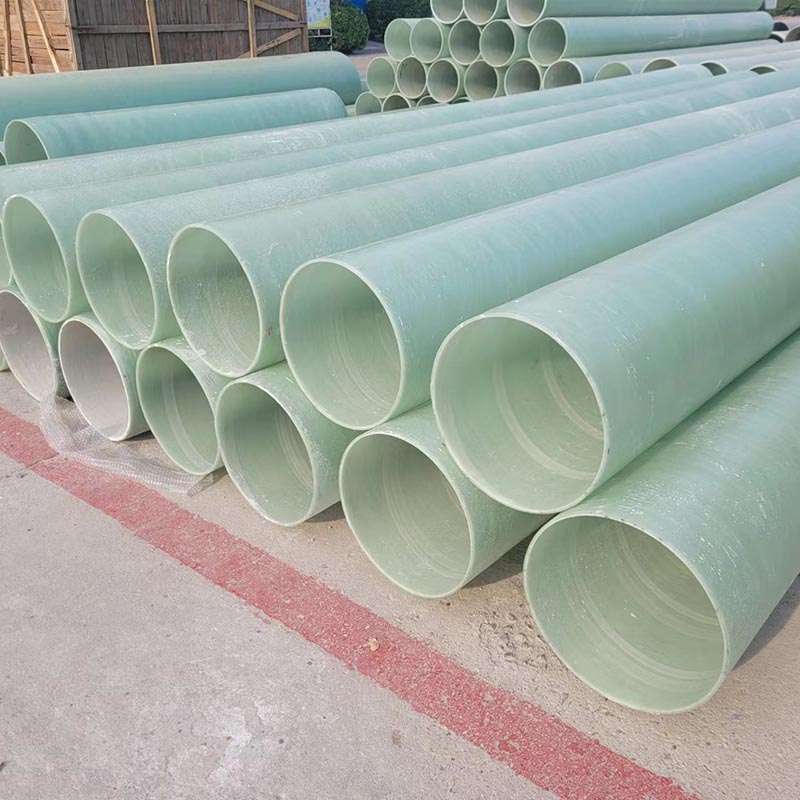
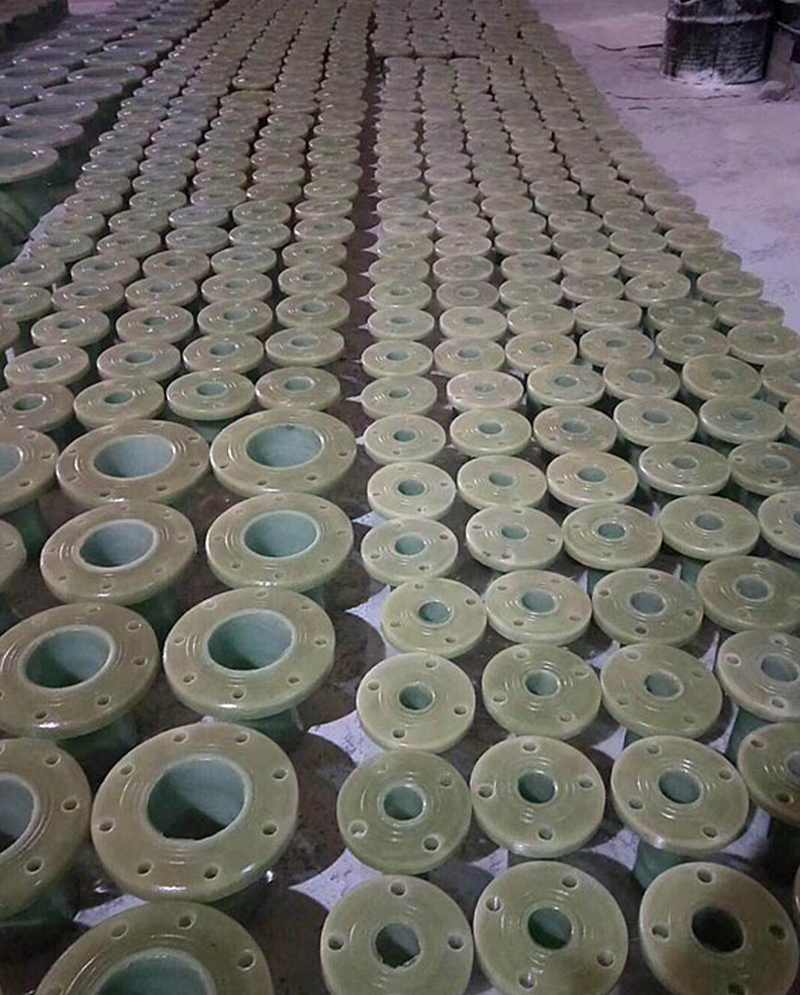
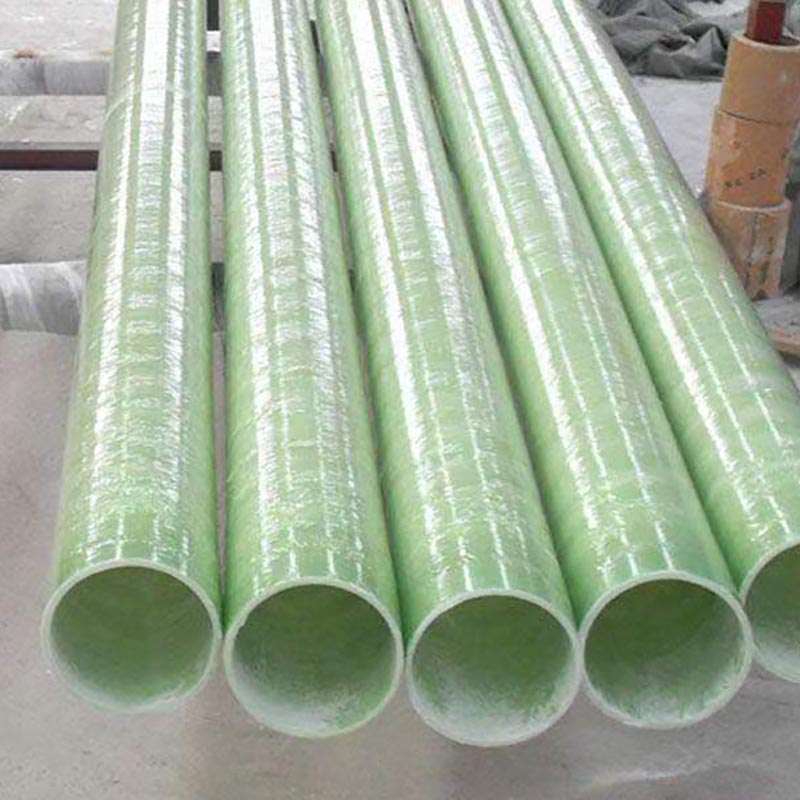
Fiberglass reinforced plastic(FRP) pipes are lightweight, high-strength, and corrosion-resistant non-metallic pipes. It is a glass fiber with a resin matrix that is wound layer by layer on a rotating core mold according to process requirements. Its pipe wall structure is reasonable and advanced, which can fully play the role of the material. While meeting the requirements of usage strength, it meets the stiffness requirements, ensuring the stability and reliability of the product. Fiberglass reinforced plastic(FRP) pipes are widely accepted by users due to their excellent chemical corrosion resistance, lightweight and high-strength, non scaling, strong seismic resistance, long service life compared to ordinary steel pipes, low overall cost, fast installation, safety and reliability.
1. Corrosion resistance of FRP pipes: Different types of anti-corrosion lining resins are selected, which can be applied to different types of acids, alkalis, salts, and various oils, seawater, and organic solvents.
2. The working temperature of FRP pipes is below 110 ℃, which is suitable for working in various soil types and suitable for various fields of use:
① Transportation of drinking water; ② Sewage discharge; ③ Seawater transportation; ④ Power plant circulating water pipeline; ⑤ Transportation of corrosive media in chemical enterprises; ⑥ Oil and gas transportation; ⑦ Agricultural irrigation.
3. The FRP pipe is lightweight, easy to maintain, and has strong durability.
4. The installation of FRP pipes is simple: The length of FRP pipes is not limited by technology, but for transportation reasons, the pipeline length is generally within 12m, which greatly reduces the need for joints. Due to the light weight of fiberglass, manual or light installation equipment can also be used, making installation more convenient and fast.
5. The applicability of FRP process pipeline products is strong: the existing standard size of our company's FRP pipeline ranges from 25mm to 4000mm in diameter, and the long-term pressure resistance of the pipeline is generally within 1.6Mpa. According to the special needs of users, the higher pressure can reach more than 6.4Mpa.
6. Fiberglass reinforced plastic(FRP) process pipeline props have high conveying capacity: the inner wall of the pipeline is smooth and N ≤ 0.0084. They have higher flow capacity than traditional materials of the same diameter and save pump energy, extending the lifespan of engineering and equipment.
7. Low penetration and leakage rate of FRP pipes: Due to good sealing connection and longer pipe length, fiberglass pipes have a lower penetration and leakage rate than traditional material pipes, which greatly reduces the infiltration of groundwater into the pipeline and also reduces the pollution of soil and groundwater caused by medium leakage.
8. Strict inspection standards for FRP pipes: The company has advanced inspection equipment, strictly implements inspection standards to ensure product quality, and implements relevant standards such as ASTM, AWWA, ASME, etc.
9. The life cycle cost of FRP pipes is low, as fiberglass products have the characteristics of long service life, basically no maintenance, and low installation and transportation costs. Therefore, from the perspective of overall economic benefits, the life cycle cost of fiberglass is low. tankers and so on.

